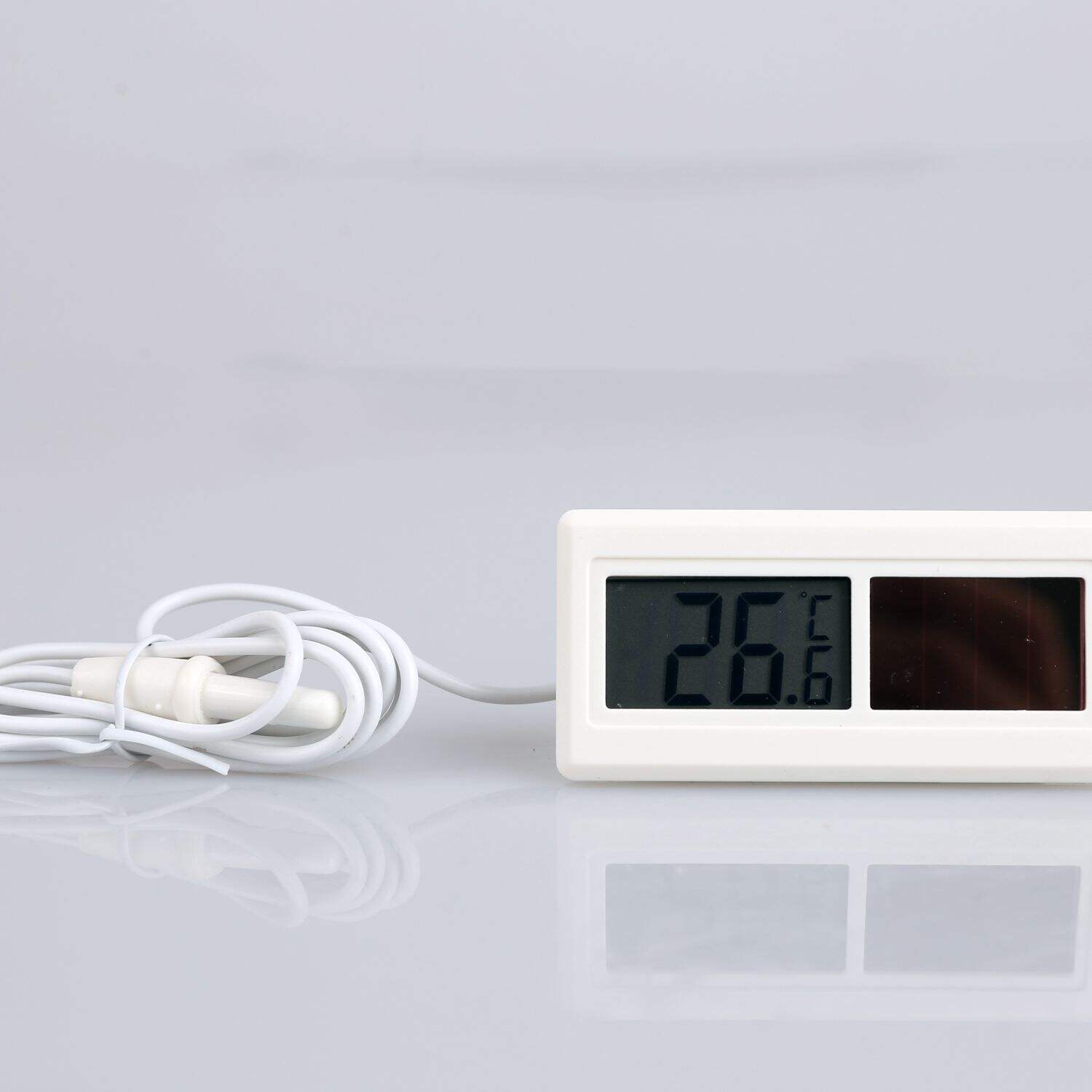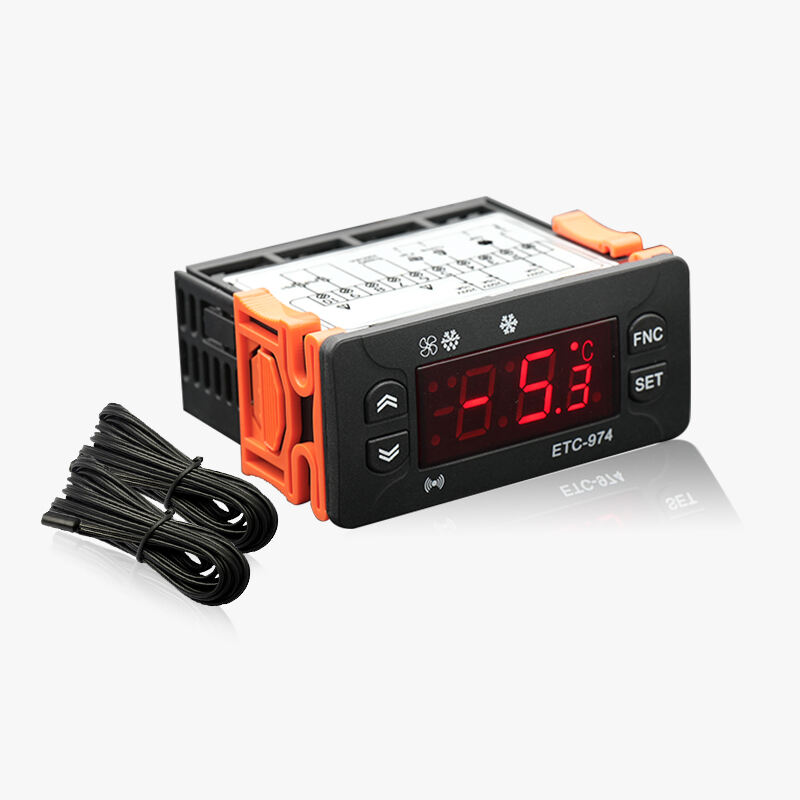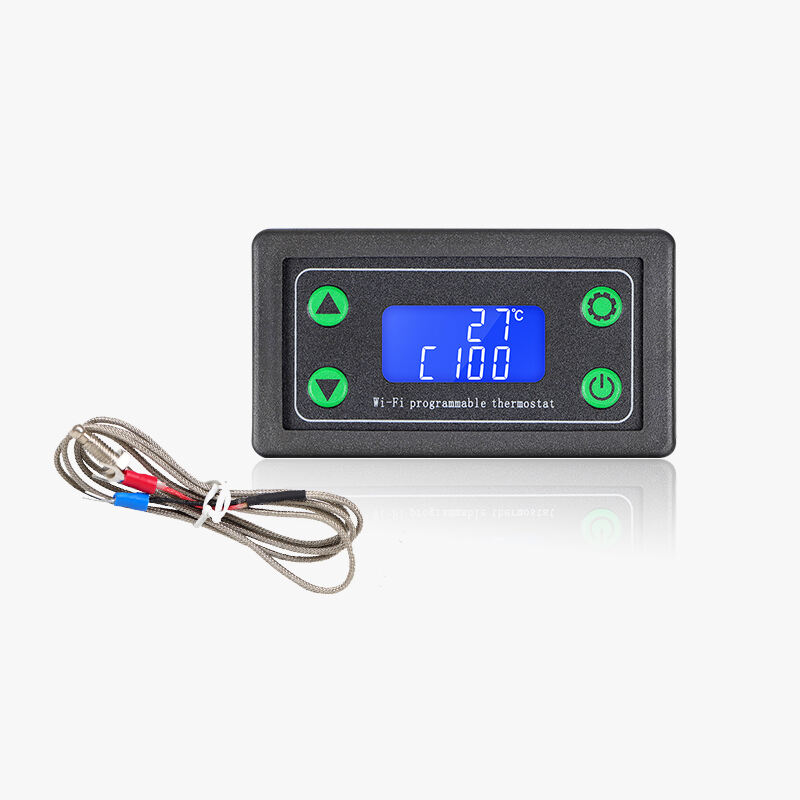Precision Temperature Control and Monitoring
The digital temperature controller with sensor excels in providing unprecedented accuracy in temperature management through its advanced sensing and control mechanisms. The system employs high-precision temperature sensors that can detect minute temperature changes, often as small as 0.1°C. This exceptional accuracy is maintained through sophisticated calibration processes and digital signal processing, ensuring reliable readings across the entire operating range. The controller's rapid response time allows for immediate adjustments to maintain the desired temperature setpoint, preventing significant deviations that could affect sensitive processes. The digital display provides real-time temperature readings with crystal-clear visibility, enabling operators to monitor conditions at a glance. Multiple sampling rates and averaging functions help filter out noise and provide stable, accurate readings, while built-in compensation algorithms account for environmental factors that might affect measurement accuracy.









